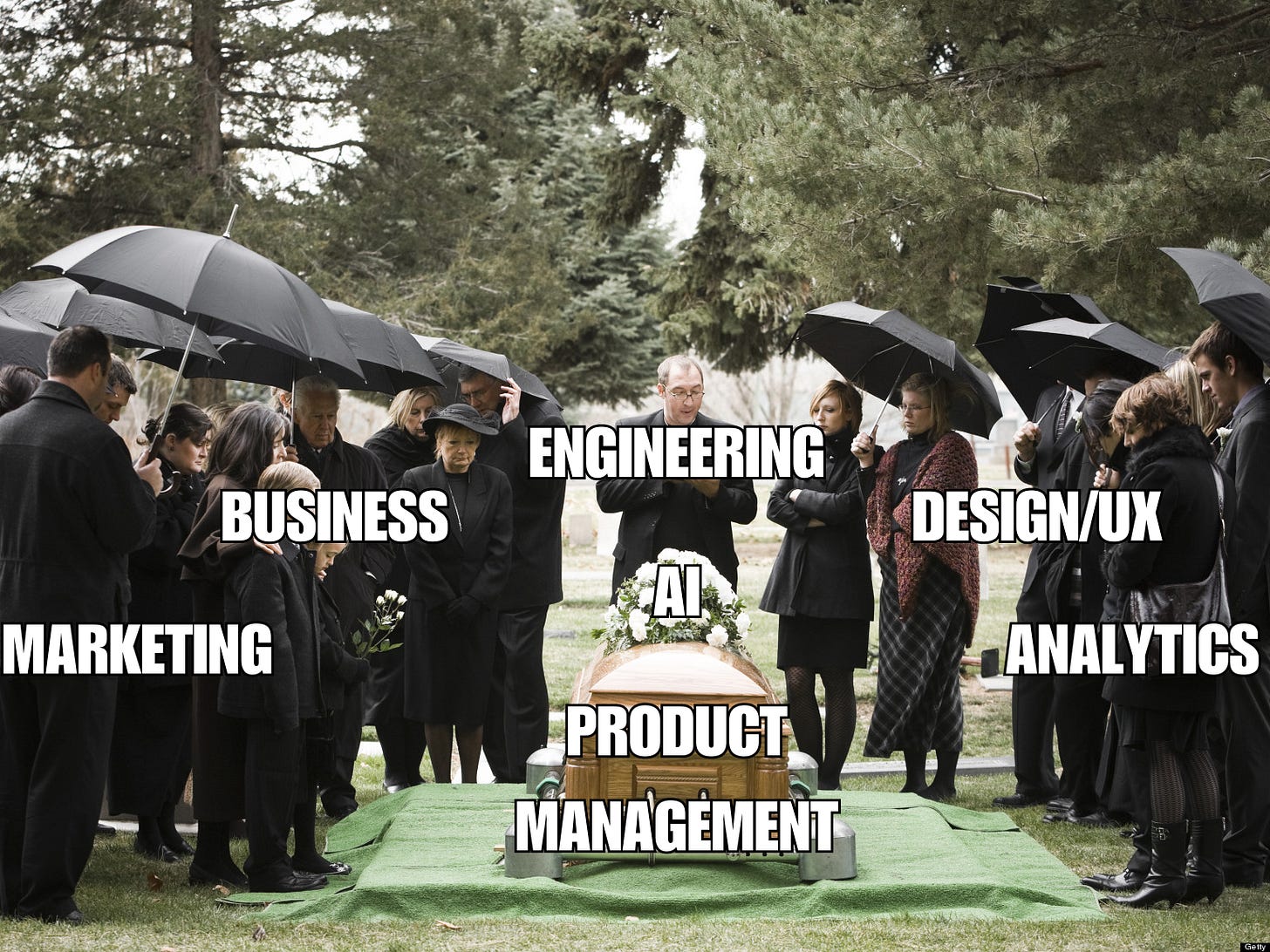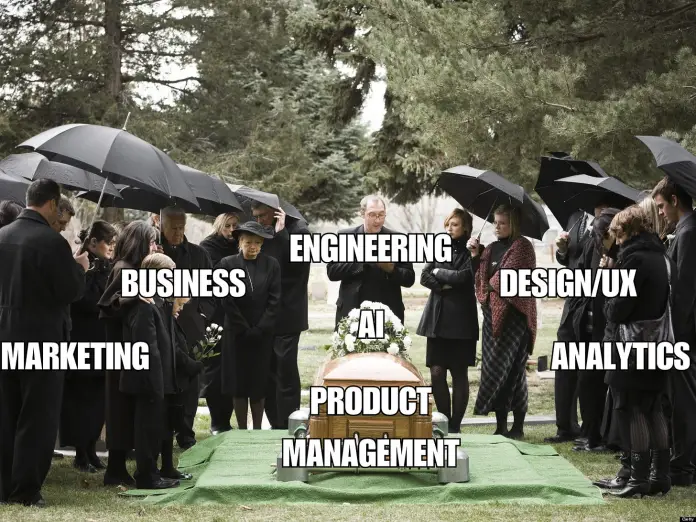Product Management will morph into Business ++

What does a product manager do?
Usual product interview 101 question and because of the zillion copycat courses being peddled by product influencers, the answer from new PMs and aspirants is usually a templatized variant of –
“Identifies customer need”
“Crafts product vision”
“Product strategy and vision”
and the most dreaded “Prioritization and roadmapping”
Okay, but what do they actually do?
Other than the weekly impostor syndrome, most product forums are filled with queries such as this example from r/ProductManagement

Enough venn diagrams have been attempted to address this, with Martin Eriksson’s OG attempt which started it all

The end of traditional Product Management
It was the Airbnb co-founder and CEO Brian Chesky’s comments last year which ignited this conversation, and he made a pertinent point:
“We had divisions, about 10 different divisions, they had 10 different subdivisions, we were run by product managers, we had a multitude of A/B experiments and what I started to realize is that the more people we added, the more projects we pursued, the less our app changed and the cost increased”
This highlighted some key issues brought on by enterprises ad-hoc adding the product function to their existing businesses. The below three examples highlight the drawbacks of having too many PMs and the limitations of “traditional product management:
- Delegated Decision Making at AirBnb- Each product squad at AirBnb was working on something completely disparate of the other with no cohesion. These squads relied on pooled resources which created a situation where progress was crazy slow because every squad had to do a bunch of advocacy for their disparate ideaChesky’s fix: He made AirBnb more top down and created a program management function. He killed the traditional product management role and merged it with the product marketing function
- Meta’s challenges with large-scale strategic initiatives: Best highlighted by the comments made by John Carmack, the erstswhile consulting CTO for the company’s virtual reality effortsI was having some real issues at Meta with large-scale strategic directions,” Carmack said in an interview with the business publication, Dallas Innovates. “I’m sure you’ve seen some of the headlines about how much money they’re spending, and I thought large fractions were really poorly spent.”“I have never been able to kill stupid things before they cause damage, or set a direction and have a team actually stick to it,”Zuck’s fix: Cut middle-managers and under-performing projects. Asking its managers and directors to transition to individual contributor jobs or leave the company.“I don’t think you want a management structure that’s just managers managing managers, managing managers, managing managers, managing the people who are doing the work,”
- Elon’s Twitter Fix: 80% of staff laid off. Still bleeding money, still scaring away advertisers and users alike but somehow still functional.
Product Management in the age of AI

Product Management 2.0 will see a massive upskilling in “Product Sense” in all functions especially Business and Marketing
Product Management will morph into Business ++
- Product managers and product metrics not directly accountable for business outcomes was a stupid idea to begin with and mostly an outcome of the post-covid zero interest rate era.
- The PM as the “CEO of the Product” era never existed, and the PM as the coordinator era is over.Every team will have to own and deliver a tangible, measurable metric tied to business outcomes
AI tools will not replace product management, but will enable teams to upskill and deliver product responsibilities better.
It is an unforgiving market out there where companies are being rewarded for headcount reductions. CEOs are making sweeping corrections without considering the human impact of their decisions and strategy flip-flops on thousands of employees. It’s time to be paranoid, and focus on the sole purpose of the organization – delivering value.
“Outcomes, not tasks”
